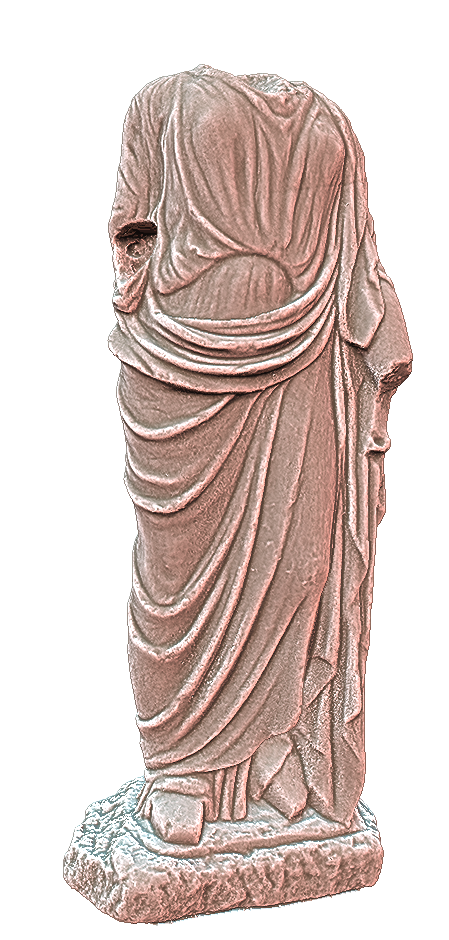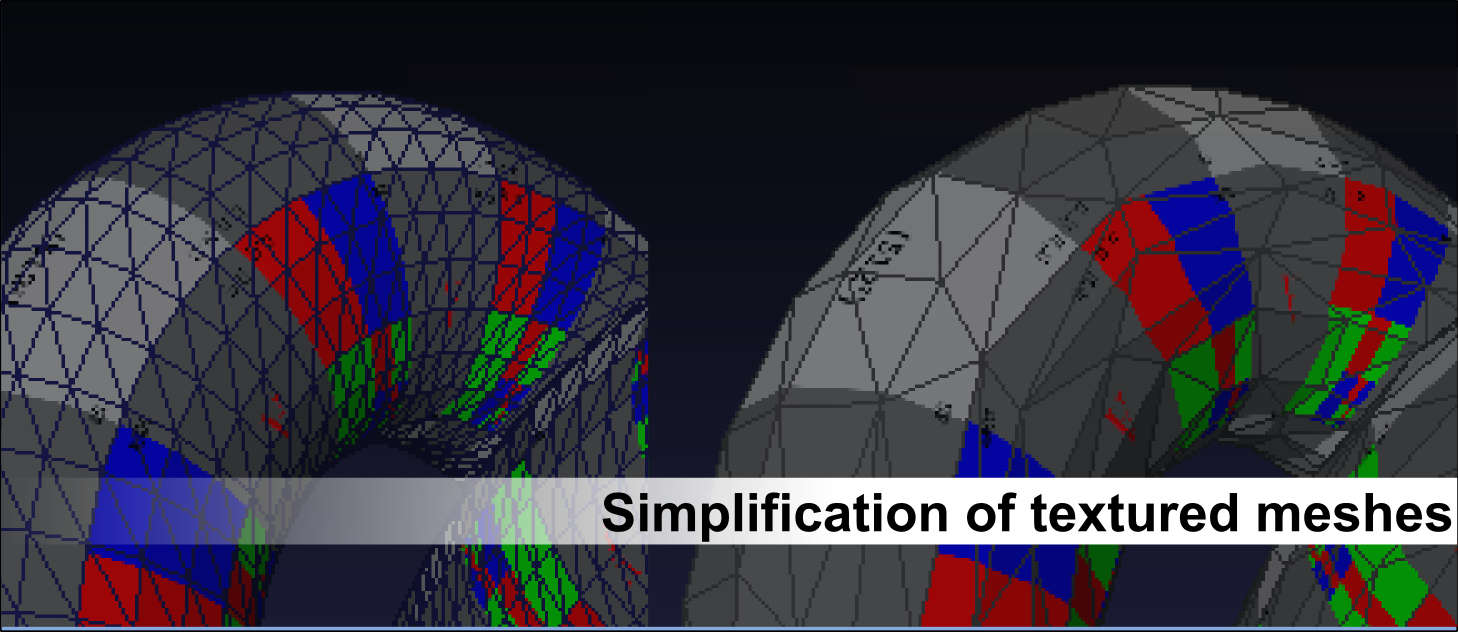

MeshLab is mostly based on the open source C++ mesh processing library VCGlib developed at the Visual Computing Lab of ISTI - CNR. These tools include MeshLab proper, a versatile program with a graphical user interface, and meshlabserver, a program that can perform mesh processing tasks in batch mode, without a GUI. It is aimed to help the processing of the typical not-so-small unstructured models arising in 3D scanning, providing a set of tools for editing, cleaning, healing, inspecting, rendering and converting this kind of meshes. MeshLab is an open source, portable, and extensible system for the processing and editing of unstructured large 3D triangular meshes.

#Meshlab beta mac os#
MeshLab is available for most platforms, including Linux, Mac OS X, Windows and, with reduced functionality, on Android and iOS and even as a pure client-side JavaScript application called MeshLabJS. MeshLab also includes an interactive direct paint-on-mesh system that allows users to interactively change the color of a mesh, to define selections and to directly smooth out noise and small features.
#Meshlab beta registration#
It includes a tool for the registration of multiple range maps based on the iterative closest point algorithm. For the removal of noise, usually present in acquired surfaces, MeshLab supports various kinds of smoothing filters and tools for curvature analysis and visualization. Remeshing tools support high quality simplification based on quadric error measure, various kinds of subdivision surfaces, and two surface reconstruction algorithms from point clouds based on the ball-pivoting technique and on the Poisson surface reconstruction approach. The automatic mesh cleaning filters includes removal of duplicated, unreferenced vertices, non-manifold edges, vertices, and null faces. It is a general-purpose system aimed at the processing of the typical not-so-small unstructured 3D models that arise in the 3D scanning pipeline. MeshLab is developed by the ISTI - CNR research center initially MeshLab was created as a course assignment at the University of Pisa in late 2005.


 0 kommentar(er)
0 kommentar(er)
